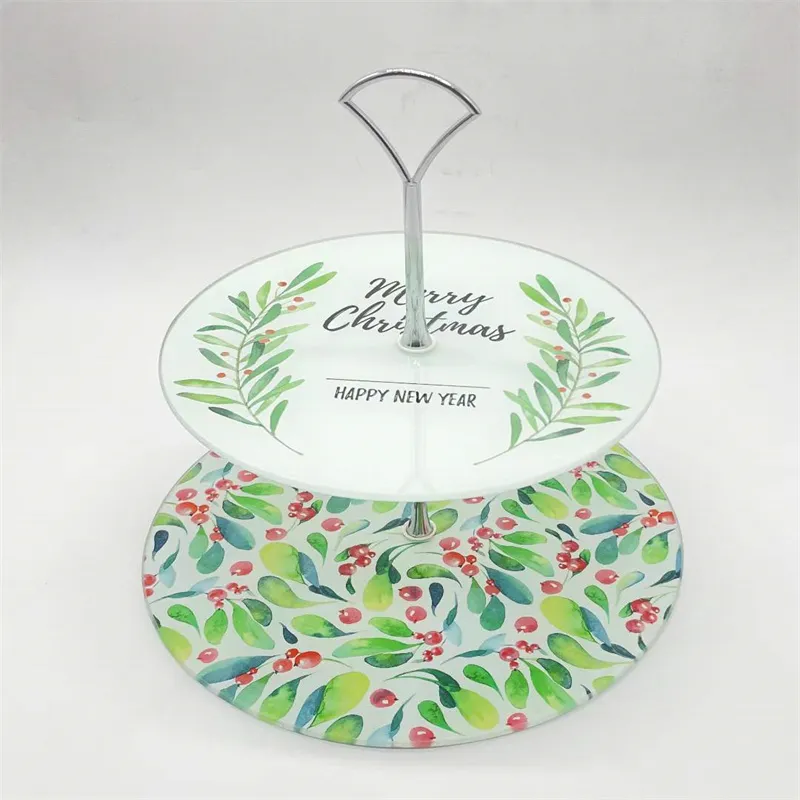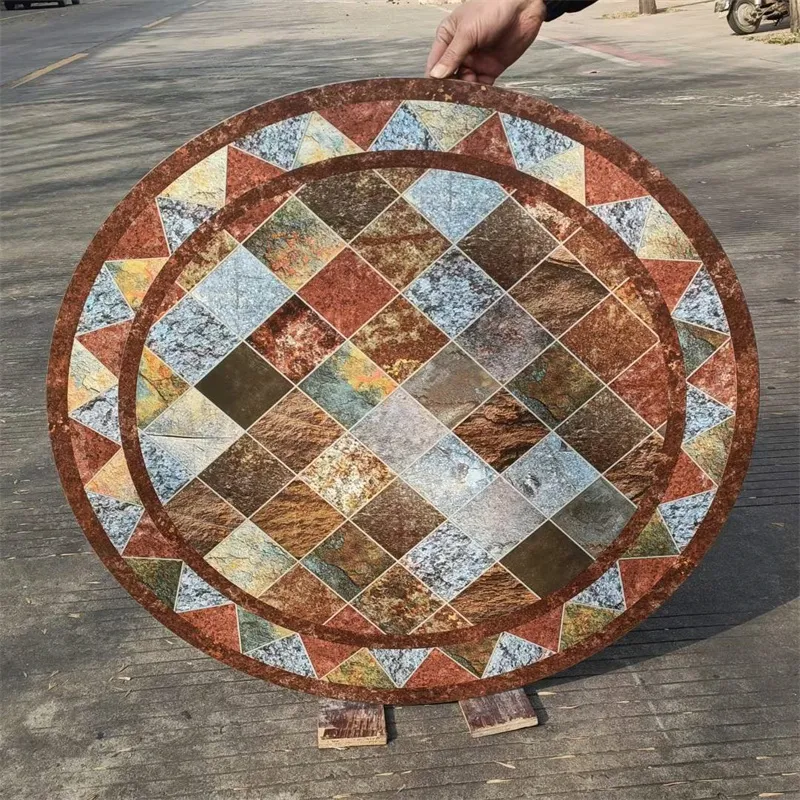Dec . 29, 2024 06:30 Back to list
low iron toughened glass
The Advantages of Low Iron Toughened Glass
In today’s modern architectural landscape, the demand for high-quality materials that offer both aesthetic appeal and functional durability is increasingly prominent. Among these materials, low iron toughened glass stands out as a remarkable choice for a wide range of applications, from residential buildings to commercial constructions. This article delves into the unique characteristics and benefits of low iron toughened glass, highlighting its significance in contemporary design.
Understanding Low Iron Toughened Glass
Low iron toughened glass is a specialized type of glass that has been manufactured with a reduced iron content. This lower iron content results in glass that is remarkably clear, allowing for higher light transmission and a more transparent appearance compared to standard float glass. The elimination of iron not only improves the clarity of the glass but also enhances its color neutrality, making it an ideal choice for architectural and design purposes where aesthetics are paramount.
One of the key features of low iron toughened glass is its strength. The glass undergoes a toughening process, which involves heating it to a high temperature and then rapidly cooling it. This toughening process increases the glass's resistance to thermal stresses and impact, making it significantly stronger than standard glass. As a result, low iron toughened glass is less likely to shatter upon impact, making it a safer option for both residential and commercial spaces.
Aesthetic Benefits
The visual appeal of low iron toughened glass is one of its most compelling advantages. Its high clarity allows for unobstructed views, making it a popular choice for large windows, glass facades, and skylights. Architects and designers often prefer low iron glass over traditional options due to its ability to showcase interior and exterior designs without distortion.
Additionally, the colorless appearance of low iron toughened glass offers a premium look, enhancing the overall aesthetic of any building. It complements various design styles, from modern to minimalist, and can be seamlessly integrated into a variety of architectural elements. The result is a visually striking environment that maximizes natural light while maintaining a clean and unobtrusive appearance.
low iron toughened glass

Energy Efficiency
Low iron toughened glass is not only about aesthetics—it also contributes to energy efficiency in buildings. The enhanced light transmission offered by this type of glass allows more natural light to enter a space, reducing the need for artificial lighting during the day. This not only saves on energy costs but also improves the overall comfort and mood of the inhabitants.
Moreover, when combined with low-emissivity (Low-E) coatings, low iron glass can significantly improve a building's thermal insulation properties. These coatings reflect heat while allowing sunlight to penetrate, helping to maintain a stable indoor temperature. This synergy between low iron glass and Low-E technology enhances a building’s energy efficiency, contributing to sustainable building practices and reducing the overall carbon footprint.
Versatility and Applications
The versatility of low iron toughened glass makes it suitable for various applications. In residential buildings, it is often employed in windows, balconied designs, and shower enclosures. In commercial settings, its durability is ideal for storefronts, glass partitions, and curtain walls. Moreover, it is frequently used in the production of glass furniture, providing designers with innovative solutions that combine functionality with elegance.
Safety is also a crucial aspect of its application. Since the glass is toughened, it breaks into small, blunt pieces instead of sharp shards, minimizing the risk of injury in case of accidental breakage. This safety feature makes it an ideal material for public spaces and environments where the risk of impact is higher.
Conclusion
In summary, low iron toughened glass offers a compelling combination of aesthetic beauty, strength, energy efficiency, and versatility. Its superior clarity enhances the visual appeal of structures while providing substantial functional benefits. As the architectural world continues to evolve, low iron toughened glass remains a reliable and stylish choice for professionals seeking to balance form and function. Whether in residential or commercial applications, the use of this innovative glass is sure to create spaces that inspire and impress.
-
Safety and Style with Premium Laminated Glass Solutions
NewsJun.24,2025
-
Reinvents Security with Premium Wired Glass
NewsJun.24,2025
-
Premium Float Glass Line for Modern Architecture
NewsJun.24,2025
-
Low Emissivity Glass for Energy-Efficient Architecture
NewsJun.24,2025
-
High-Performance Insulated Glass Solutions for Modern Architecture
NewsJun.24,2025
-
Elevates Interior Style with Premium Silver Mirror
NewsJun.24,2025
Related PRODUCTS














